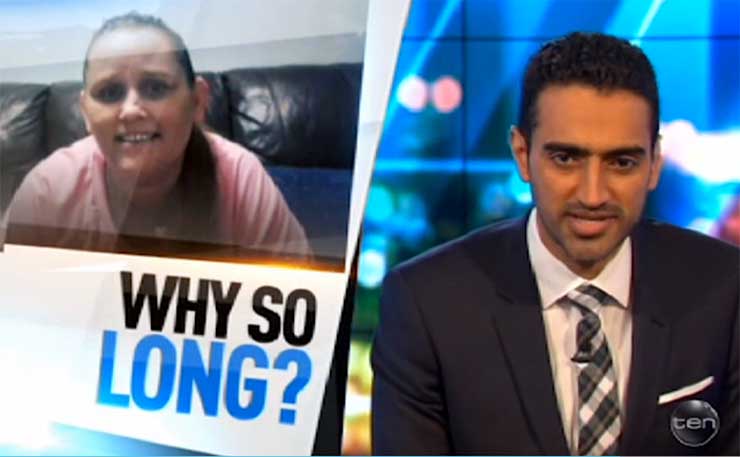Two Aboriginal deaths in custody in a month, and yet public debate has been muted not to mention pointless, writes Amy McQuire reports.
Last week, there was yet another black death in custody in Australia. A 31-year-old Aboriginal man was found dead in his cell in a Darwin correctional centre.
The media release, of course, had little detail about the circumstances of the death. The ABC reported the Corrections department “could not confirm whether the death was suspicious or not”.
In my view, the fact he was on remand in minimum security is suspicious enough. A large proportion of Aboriginal people in custody in Australia today are on remand, having been denied bail. How does an Aboriginal man die in a prison cell while waiting to be convicted? It’s simply the first of many questions.
The fact we are talking about yet another black death in custody, only a month after a Wiradjuri woman died in a police cell in Maitland, is also suspicious. How can we as a country continue to talk about ‘black deaths in custody’ without any conversation around the fact no police officer or correctional officer has ever been convicted over one? How could there be 400 black deaths in custody since the Royal Commission, and no accountability?
Instead, we have narrow debates about ‘police protocol’ and ‘procedure’, about whether they should have rung a hotline, rather than even allude to the idea that Aboriginal people are continually the victims of brutality and violence within police watch houses and jail cells.
It’s strange, especially at a time when Australians have seen images of the brutalisation of Aboriginal children behind bars in Darwin’s Don Dale and Townsville’s Cleveland Youth Detention Centres. Why is the onus continually on Aboriginal people to show Australia video evidence of our own brutalisation? And even then, the focus is never on accountability.
The Project’s Waleed Aly was the latest to promote this muddled logic. In a monologue which went viral on social media, he felt the need to add “I don’t want to misrepresent the issue here, there is no suggestion that police are murdering Indigenous Australians while they are in their care. In fact the Royal Commission found that the deaths examined at the time were not caused by deliberate, unlawful killings by police.”
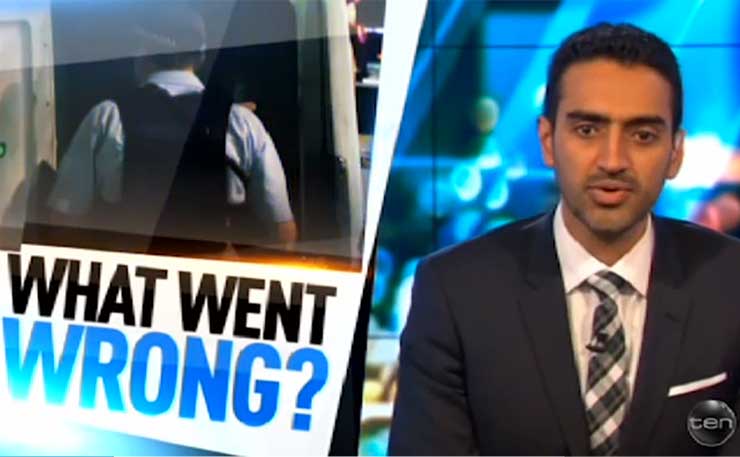
But he then claimed this was a ‘death penalty’ anyway.
“The truth is we still have the death penalty. Clearly death is still a penalty we are okay with in this country, as long as 1. The person dying is Indigenous. And 2. Their carers don’t illegally murder them outright.”
So what’s the difference between ‘illegal murder’ and ‘legal murder’ and what does ‘outright’ mean? What happens when an Aboriginal person is bashed to death, which obviously happened to Mulrunji Doomadgee at Palm Island in 2004, and obviously happened to John Pat in WA in 1983, and may have happened to countless others?
Are these ‘legal murders’? Are these cases seen as an anomaly, or are we ready to have a conversation about the brutality and racism within police culture? Because it is there – ask any blackfella who has been flogged by a member of the thin blue line. If you want an example, check out the case of Leon Petrou, my colleague at 98.9 FM in Brisbane.
When there is a black death in custody, media automatically assume the death, at worse, may be a case of neglect, or apathy, before any inquiry has been conducted. This is another example of absolving police of any wrongdoing before any inquiry, a common tactic of police communications which seems to have been replicated by media.
Just look at the treatment of the death of Ms Maher.
Mob in New South Wales must have been shocked by the media who claimed Ms Maher’s death was the first ‘black death in custody’ in the state since 2000, and since the beginning of the Custody Notification Service (CNS).
It is not.
There have been several. In fact, my colleague and I counted at least eight since 2000 on the night Ms Maher’s death was reported, and there are sure to be others.
This wrong fact was influenced by the Aboriginal Legal Service NSW/ACT’s statement that it was the first black death in a ‘police cell’.
This, apparently is because the police never called the under-funded and important CNS, a 24/7 hotline staffed by the ALS and used whenever an Aboriginal person comes into custody.
But the problem is – the conversation has now been almost solely centered around whether the police should or shouldn’t have called the hotline, which they are not actually required to do because Ms Maher was not charged with anything – she was picked up while she was supposedly intoxicated.
But would a hotline really have helped Ms Maher? Do we now simply have to rely on police to actually do that? And should she even have been in custody in the first place?
The ALS did not try and even grapple with this problem in their media release.
“Even if a person is intoxicated, the police still ring us and let us know they’ve got a person in custody, and NSW police ensure that person in custody is made safe,” CEO Gary Oliver said.
“It’ a good system with police and the ALS working together to make sure Aboriginal people in custody are provided with early legal advice, and are safe.”
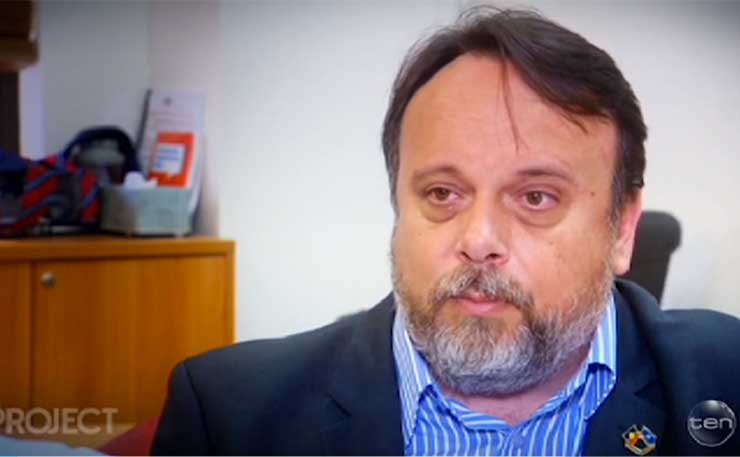
Mr Oliver claimed this looked like a ‘procedural failure this time’.
But although the ALS has deflected the issue back onto the CNS and ‘police protocol’ one of the underlying problems is the number of Aboriginal people held in police custody for public intoxication.
And this is important to note, because since the controversial ‘lock-out’ laws put in place over a moral panic around the death of a white youth in the Sydney CBD, this has had a destructive impact on Aboriginal people in regional and remote areas.
Although these laws were only ever supposed to apply to the Sydney CBD, the NSW Police have rolled them out across New South Wales, according to Martin Hodgson, a Yuin man from the Foreign Prisoners Support Service.
The NSW Ombudsman actually wrote a report into these laws in 2014. It found an increased use of section 9 of the Summary Offences Act, which makes it an offence for any person who has been given a move on direction under section 198 of LEPRA to be ‘intoxicated and disorderly in the same or another public place’ within six hours of the direction being given’.
While the Ombudsman noted there were high levels of compliance for these move on directions, the largest proportion of people targeted with fines for non-compliance are Aboriginal, a significant proportion of them women.
“Aboriginal people were particularly affected. Of the 484 section 9 fines or charges issued during the review period, 31 per cent (150) were issued to Aboriginal people, even though they comprise just 2.5 per cent of the NSW population,” the ombudsman noted.
“… It is clear that the current arrangements disproportionately affect disadvantaged groups who are already over-represented in the criminal justice system.”
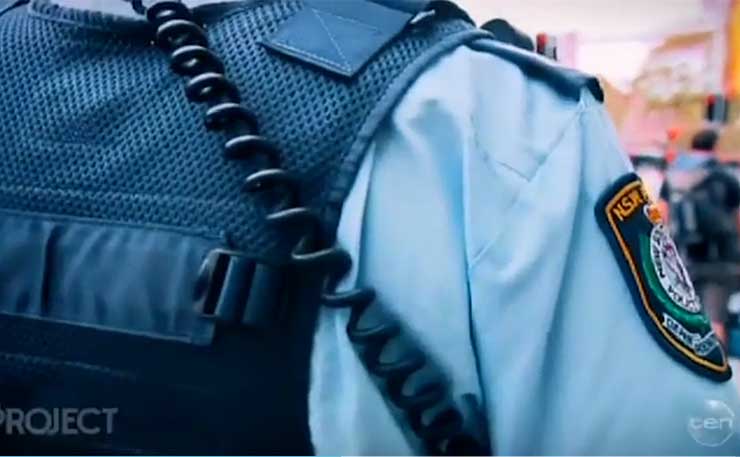
Mr Hodgson told me on 98.9FM Let’s Talk programme:
“Victoria… has a law where public intoxication is technically illegal, and it gives the police the right to issue an on-the-spot fine or take the person into custody even if they are simply only a danger to themselves.
“In NSW no actual law on the criminalisation of public intoxication exists. What really happens is a failure to comply with a police direction, which is a move on direction.”
Mr Hodgson says that we don’t know if Ms Maher was ever given this ‘move-on’ direction. But he says we know that her visibility to police was not only due to her Aboriginality, but also due to her socio-economic background.
“People say ‘how can you prove it?’ Well very easily, based on police’s own guidelines which they brought in under the new lock out laws, which is their way of gaining more power to deal with intoxicated people.
“The way I would say that Ms Maher was targeted was because of who she is, an Indigenous woman… (but also) Ms Maher was walking. Had she been in a cab they wouldn’t have been able to pick her up.
“I’ll read from the Police’s own guidelines – ‘free buses from King’s Cross and the CBD will be provided under the night ride services’. Free buses.
‘Why wasn’t Ms Maher given a free ride home? Why is there one rule for those who can afford to go out in Kings Cross or the CBD, and another rule for people in rural and regional NSW? Why do we provide a free bus service for those living in Sydney where you have to have, for the most part, a much larger amount of money than you’d need to live in Maitland or anywhere else in regional Australia?
“Her crime was she walked…. It deliberately targets lower socio economic background, because most people who go out in the city can afford to Uber or taxi it home. The only crime Ms Maher committed was not having the funds that other people have to get a taxi home.
“For others who can’t, they are given a free bus ride home from Ms Maher’s tax dollars and my tax dollars…
“Ms Maher was not in an area where those lock out laws apply. She committed no crime and yet she’s dead.
“I want to know why someone hasn’t been charged. I don’t want to hear people talking about making phone calls, or why we need to have more liaison officers. This doesn’t work. She’s committed no crime. Why should she have to go to a police cell before she gets help?”
The reason why it’s important to have this conversation now is because in New South Wales, there is a backlog of death in custody coronial inquiries.
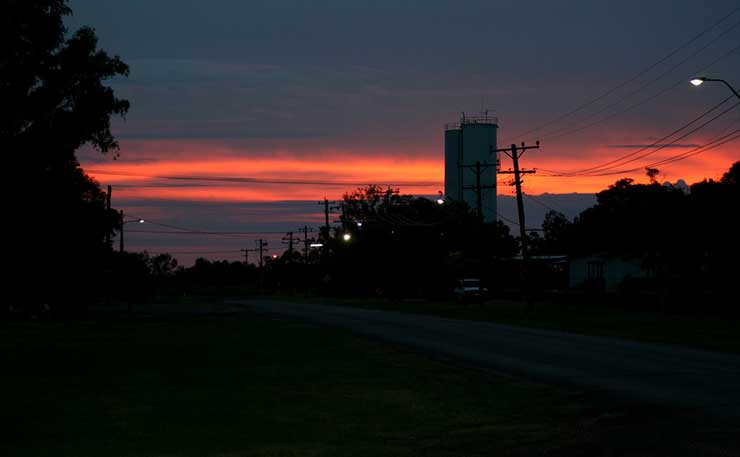
In 2010, Aboriginal man Mark Mason Snr was shot by police in Collarenebri in northern NSW. It took three years before a coronial inquest began into his death.
His family had to wait that long for an inquest that ultimately delivered no answers, let alone any hope of accountability.
For Aboriginal people, the trauma of not knowing can be just as devastating. And the fact that we as a nation continue to sanitize deaths in custody as simply a result of bad ‘procedure and protocol’ is equally traumatising.
The line ‘first Indigenous death in a police cell since 2000’ is also misleading. It completely overlooks the deaths in prisons and jails across the state, and also those on remand, like the prisoner up in Darwin.
It narrows the spectrum of the problem, it makes it seem as if black deaths in custody are restricted to the use or abuse of a cheap phone line which governments refuse to fund, undeniably an important tool, but not the only barrier in the fight to slow the black deaths in custody.
We are still waiting on the coronial inquest into Ms Maher’s death in custody – but we already know that there will be a slim chance of justice. There is never any accountability for Aboriginal Deaths in Custody – even when Aboriginal people forced a Royal Commission more than three decades ago.
We can’t focus our advocacy around funding drives, and around statements that make it seem the CNS is the simple ‘quick fix’ to stop the brutalization of Aboriginal people in custody.
The CNS is undeniably important, but don’t let it be the window dressing that will stand in the way of justice for Ms Maher, and other Aboriginal people who die in custody.
Let’s start actually thinking about what ‘justice’ actually means.

Donate To New Matilda
New Matilda is a small, independent media outlet. We survive through reader contributions, and never losing a lawsuit. If you got something from this article, giving something back helps us to continue speaking truth to power. Every little bit counts.

